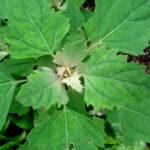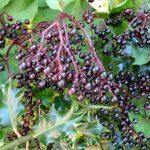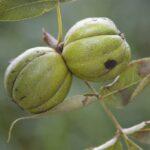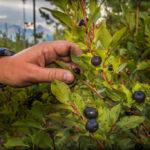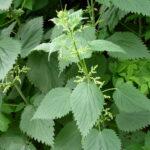Herbs and plants have been used for medicinal purposes for thousands of years, and many of these remedies can be found right in your own backyard. In this guide, we’ll explore some of the most commonly foraged medicinal herbs that you can find in the forest. From treating cuts and wounds to reducing inflammation, these natural remedies have a wide range of uses.
Foraging for Medicinal Herbs
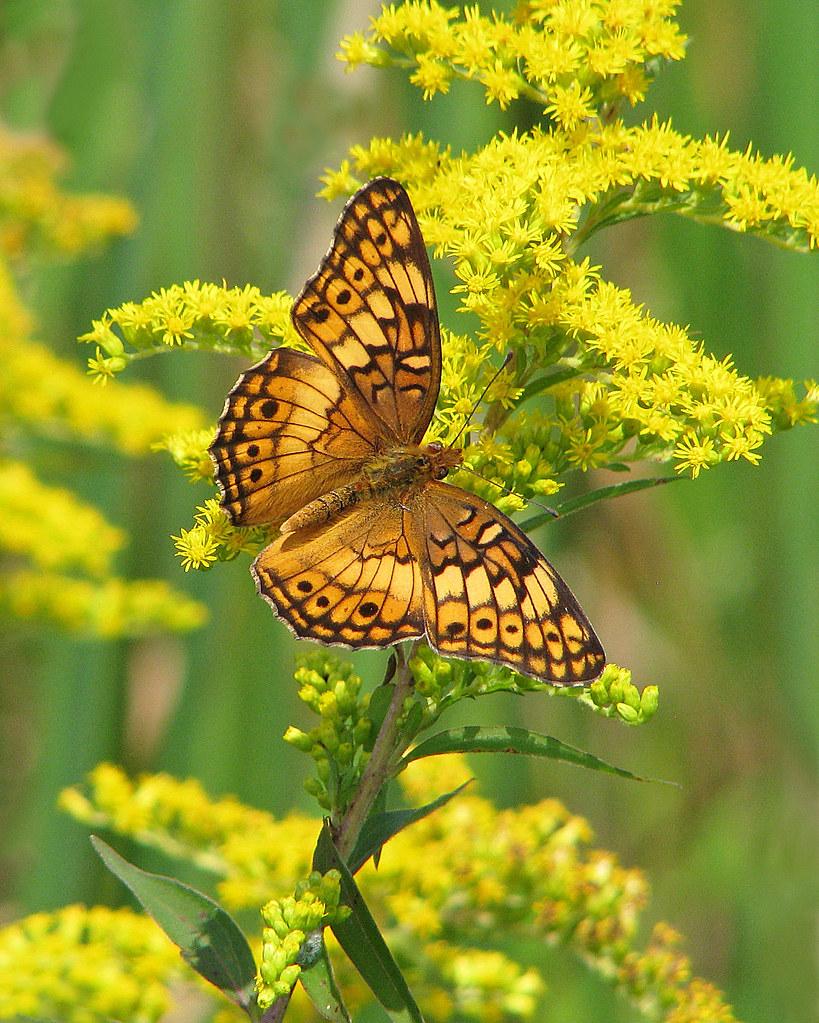
Plantain (Plantago major)
Plantain is a common weed that can be found in almost any part of the world. It has long, green leaves and produces tiny, inconspicuous flowers. The leaves contain a variety of compounds that make it useful for treating skin irritations and wounds. To use plantain for medicinal purposes, simply crush the leaves into a paste and apply to the affected area.
Yarrow (Achillea millefolium)
Yarrow is a tall, attractive plant with fern-like leaves and clusters of small, white flowers. Its leaves and flowers contain compounds that have been shown to have anti-inflammatory effects. Yarrow can be used as a poultice or infusion to treat wounds, cuts, and insect bites.
Elderberry (Sambucus nigra)
Elderberry is a shrub that produces clusters of small, black berries. The berries contain a wealth of vitamins and minerals, including vitamins C and A, as well as antioxidants. Elderberries have been used for centuries to treat colds and flu, and research has shown that they may have some anti-inflammatory effects as well.
Dandelion (Taraxacum officinale)
Dandelion is a well-known weed that is often seen growing in lawns and gardens. Despite its reputation as a nuisance, the dandelion is a highly nutritious and medicinal plant. The leaves contain vitamins and minerals, including vitamin C and potassium, and the root is a natural diuretic. Dandelions can be used in a variety of ways, including as a tea, poultice, or tincture.
Stinging Nettle (Urtica dioica)
Stinging nettle is a tall, woody plant that is found in many parts of the world. Despite its name, the leaves of the stinging nettle are rich in vitamins and minerals, including vitamins A and C, calcium, and iron. Stinging nettle has been used for centuries to treat a variety of conditions, including arthritis, hay fever, and skin irritations.
Goldenrod (Solidago canadensis)
Goldenrod is a tall, yellow-flowered plant that is native to North America. The leaves and flowers of the goldenrod contain compounds that have been shown to have anti-inflammatory effects, and it is commonly used to treat allergies and hay fever. Goldenrod can be used as a tea, tincture, or poultice.
Burdock (Arctium lappa)
Burdock is a tall, biennial plant that is native to Europe and Asia. The root of the burdock is rich in antioxidants and has been used for centuries to treat a variety of conditions, including skin irritation and digestive problems. Burdock can be used as a tea, tincture, or poultice.
The forest is full of natural remedies that can be used for a wide range of health issues. From treating wounds and reducing inflammation to boosting the immune system and fighting colds and flu.
Keywords: medicinal herbs, medicinal herbs to grow, medicinal herbs in the forest, wild medicinal herbs, using medicinal herbs, medicinal herbs in the wild, wild medicinal herbs
Check out our Novel Writing Workbooks
Check out Little Tree Food Forest for articles on food forests and homesteading.
Check out FoodieScapes for articles on growing, fermenting and preserving food
Check out StoryScapes.World for articles on writing.
Related Content
Related Content
Subscribe to our newsletter to get information delivered to your inbox on edible landscaping, growing food and medicinal plants, growing mushrooms, foraging, fermentation, food preservation, raising small livestock, and more.







